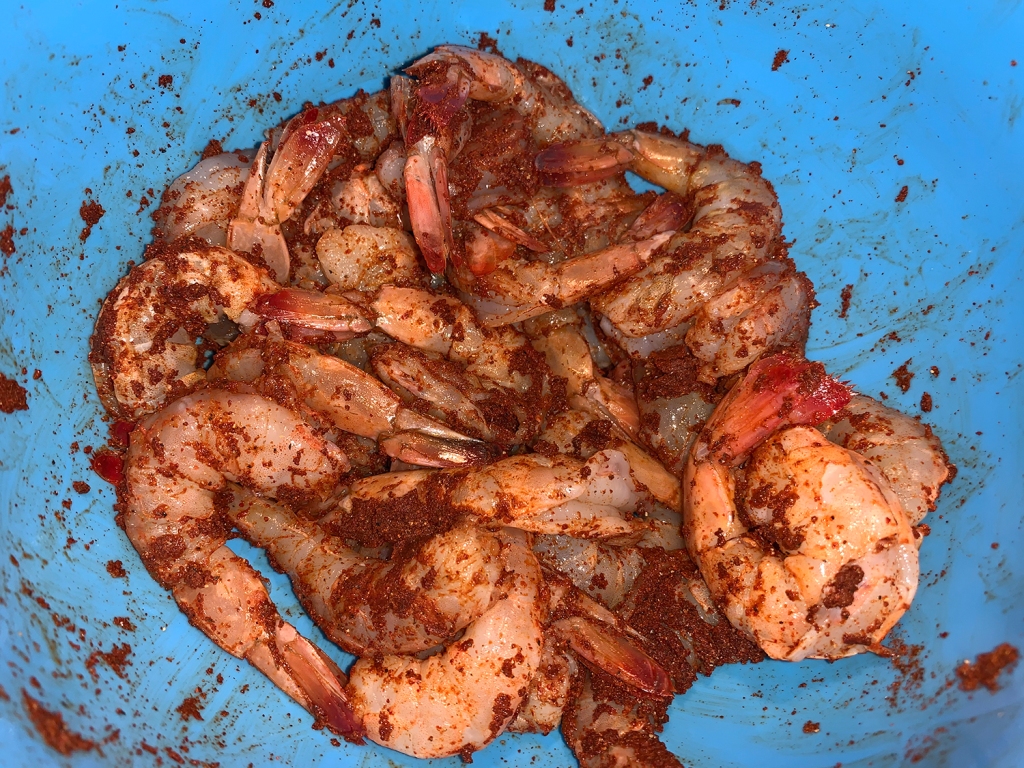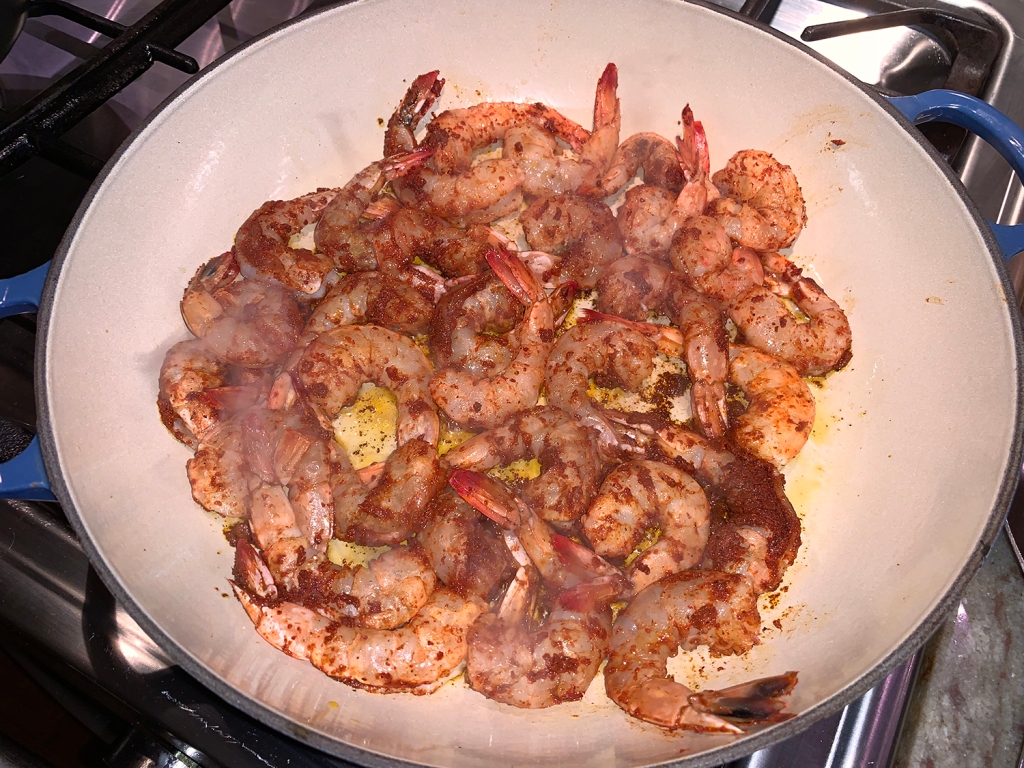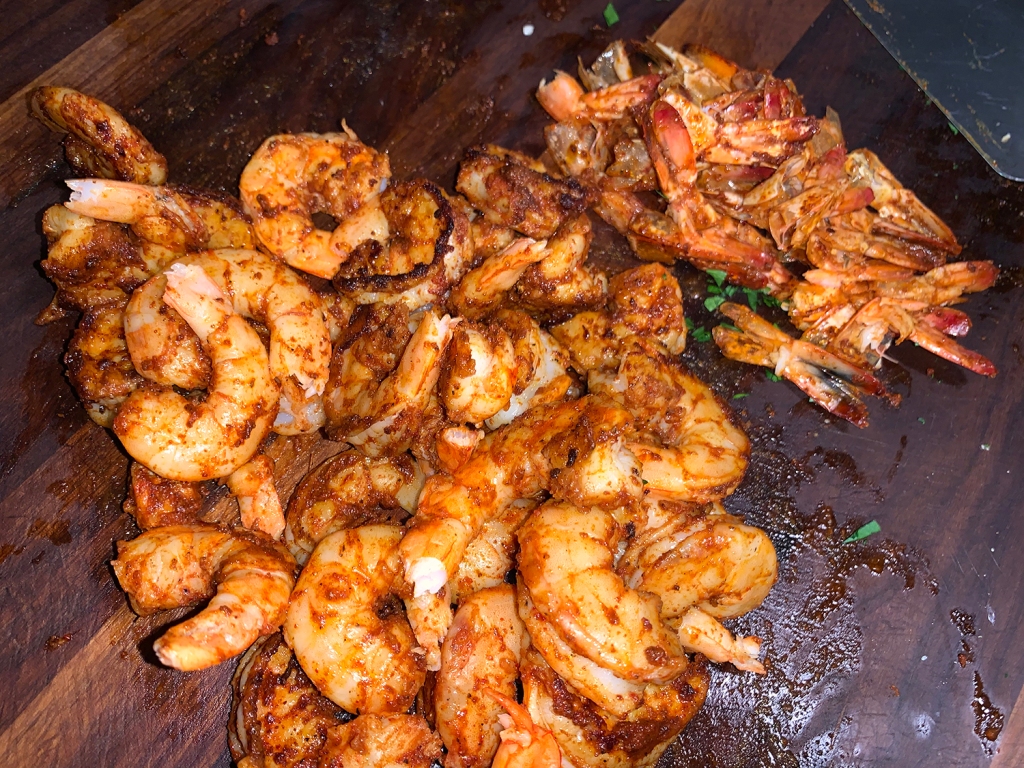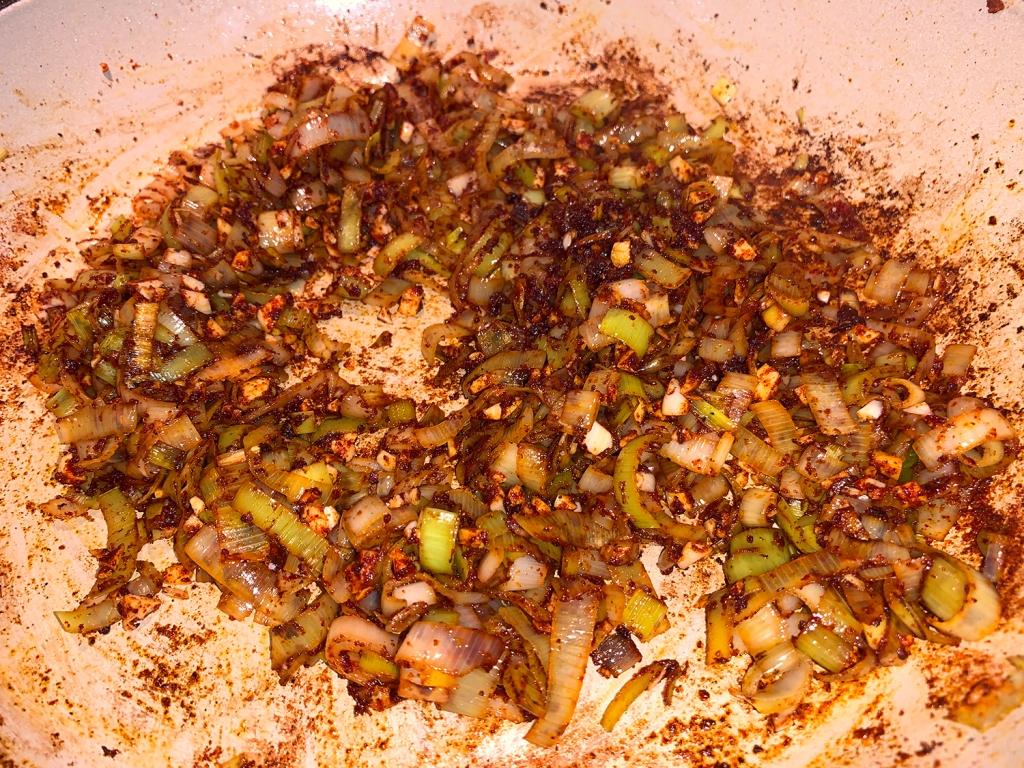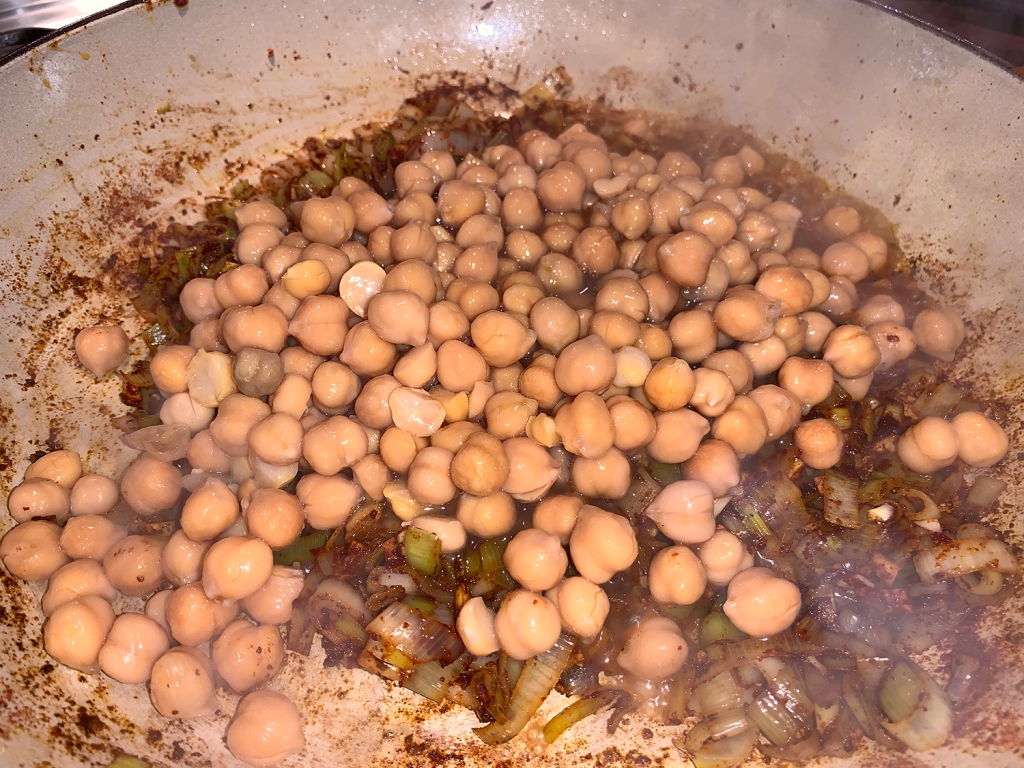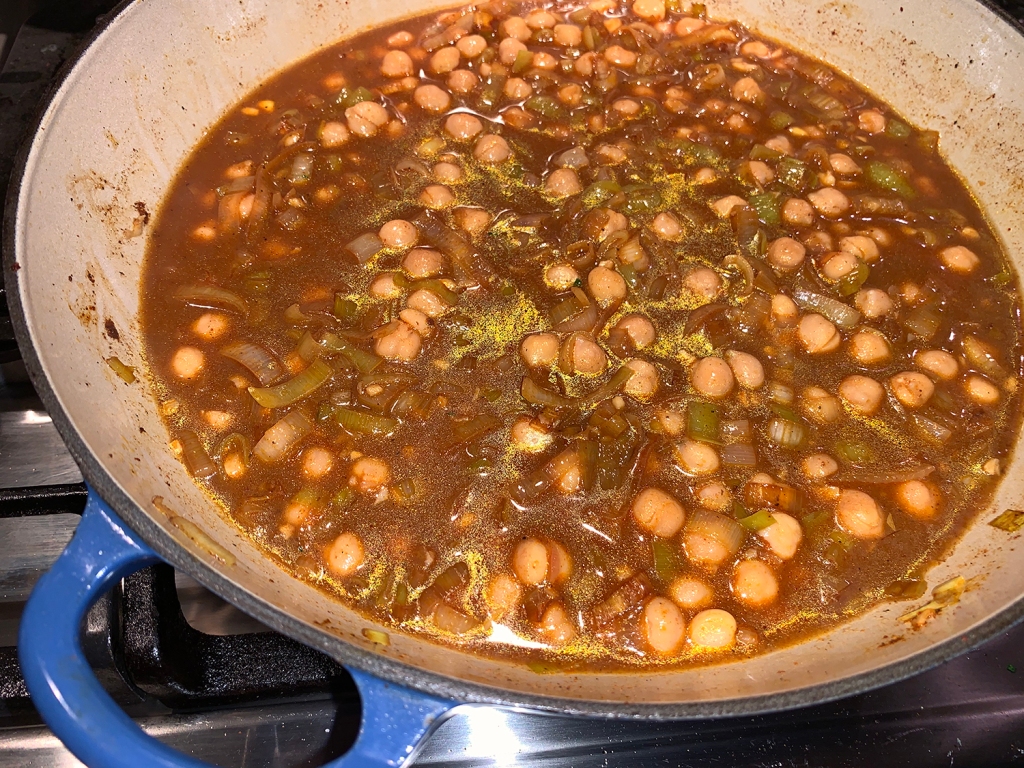This is a quick-and-easy version of the Spanish tapa known as Fabada Asturiana, a hearty stew of dried beans, sausage and other smoky, porky ingredients. Typically morcilla—which is blood sausage—and pork belly are main ingredients but Milk Street pared back on the meats, using only chorizo and ham, both of which lend deep flavor to the broth.
Once a simple country dish, fabada is now a venerated symbol of the Asturias region of Spain. The dish gets its name from the large beans that are traditionally used in its preparation, but here canned white beans such as cannellinis work well—and save time. No soaking beans or cooking for hours!

Milk Street prefers the relatively large size and creamy texture of cannellinis, but they say great northern and navy beans are fine, too. A pinch (make that a large pinch) of saffron adds a very Spanish flavor and fragrance, while giving the stew an alluring golden hue. Fabada is a hot and heavy dish and for that reason is most commonly eaten during winter, or cool months.
One huge misstep for us was not using our homemade ham stock in place of chicken broth. Either one, it was super tasty, and even better the next day when the flavors had a chance to marry (and go on a honeymoon 😉 )
RULE No. 18: Don’t Let Neutral Ingredients Stand Alone.

Spanish Chorizo, Ham and White Bean Stew (Fabada)
Ingredients
- 1 Tbsp. extra-virgin olive oil
- 1 medium yellow onion, chopped
- 6 medium garlic cloves, chopped
- 1 tsp. saffron threads
- Kosher salt and ground black pepper
- 8 oz. Spanish chorizo, casings removed, halved and thinly sliced
- 8 oz. ham steak, cut into ½-inch cubes
- 1½ qts. ham or chicken broth, preferably homemade
- 3 15½-z. cans white beans, rinsed and drained
- 3 bay leaves
- 4 scallions, thinly sliced
- Warmed crusty bread, to serve (optional)
Directions
- In a large pot over medium, heat the oil until shimmering. Add the onion, garlic, saffron and ½ teaspoon each salt and pepper. Cook, stirring occasionally, until the onion is slightly softened, 5 to 8 minutes.
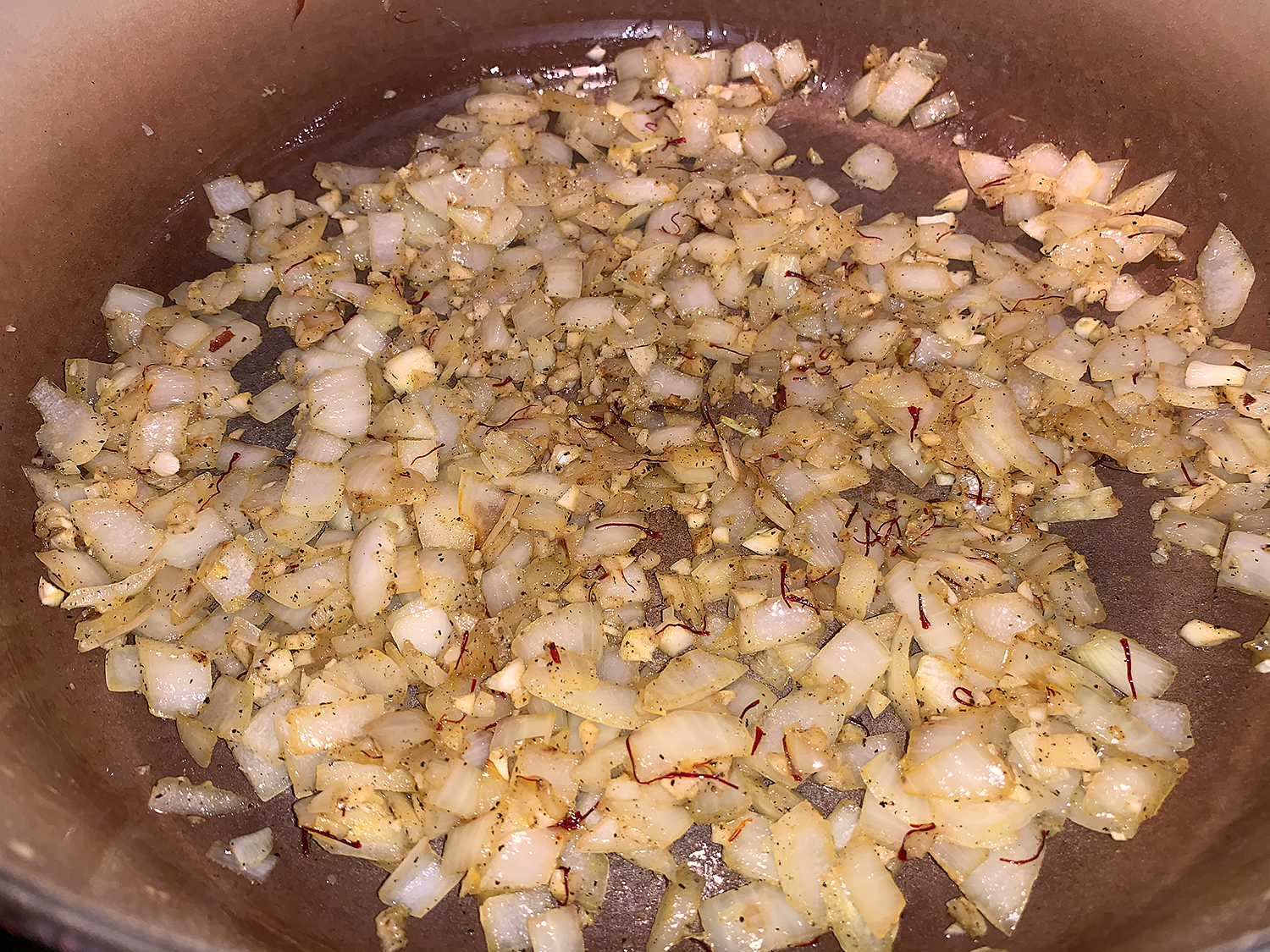
- Add the chorizo and ham, then cook, stirring, just until the chorizo begins to release its fat, about 1 minute.
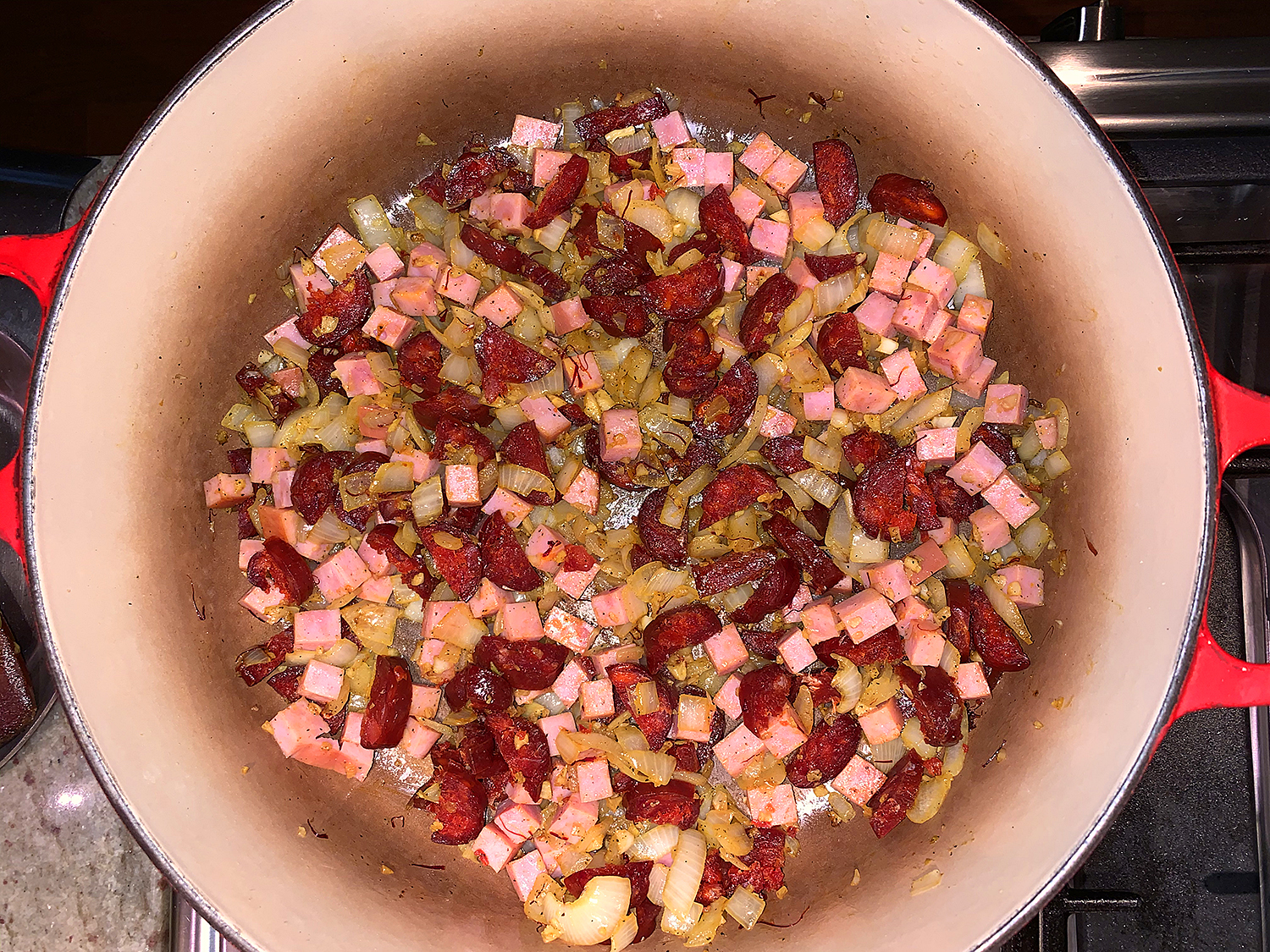
- Stir in the broth, beans and bay leaves. Bring to a simmer over medium-high, then reduce to medium and cook, stirring occasionally and adjusting heat as needed to maintain a simmer, for 10 to 15 minutes.

- Remove and discard the bay leaves, then stir in the scallions. Taste and season with salt and pepper. Serve with bread.

Tip: Don’t overcook the chorizo and ham after adding it to the sautéed onion mixture. If the pieces begin to sear or brown, they’ll be chewy and rubbery in the finished dish. Cook only until the chorizo begins to release some of its fat.
Adapted from a recipe by Milk Street “The New Rules” cookbook





